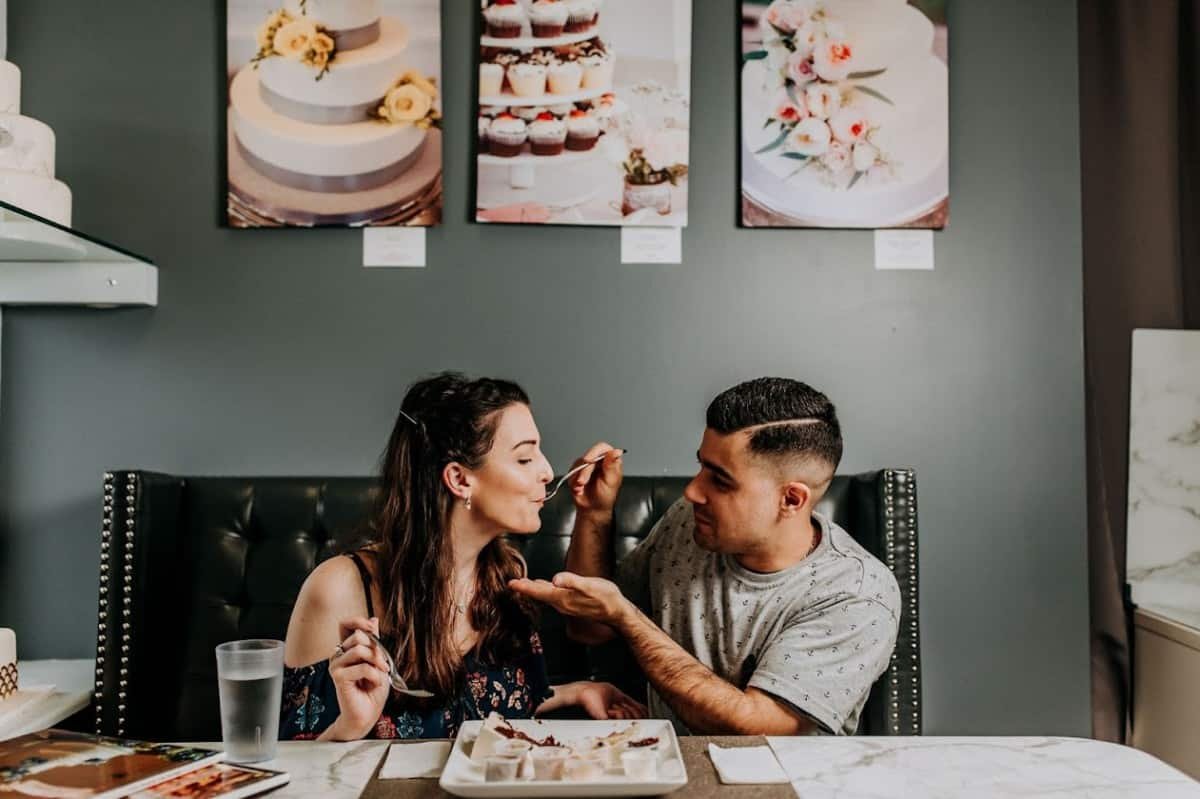Decoding the Art of Ordering a Custom Cake: A Practical Guide
The allure of a beautifully crafted custom cake is hard to resist. Whether it's for a wedding, birthday, or any special occasion, a custom cake has the power to add that extra touch of magic to any celebration. However, ordering a custom cake can sometimes be an intimidating task, especially when faced with the plethora of choices involved. In this blog post, we will guide you through the process of ordering a custom cake while demystifying the terminology and shedding light on the importance of understanding your serving needs.
Begin with a Clear Vision: Before reaching out to order, it's essential to have a clear vision of what you want your custom cake to look like. Consider the theme, colors, design elements, and any personal touches you would like to incorporate. Gathering inspiration from photos or sketches can help communicate your vision effectively to the bakery.
Size Matters: When it comes to ordering a custom cake, understanding serving needs is key. Instead of saying, "I need a 2-tier cake for 100 people," focus on communicating the number of servings required. Cake tiers are determined by the servings, not vice versa. Inform the bakery about the estimated number of guests and they will suggest cake sizes to accommodate your needs.
Cake Terminology Decoded: To ensure effective communication with your chosen bakery, familiarize yourself with the common terminology used in the cake industry. Here are a few key terms to get you started:
a. Tier: A tier refers to a horizontal layer of cake. Cakes can have multiple tiers stacked on top of each other. Each tier can vary in size and can be made up of one or more layers of cake.
b. Layer: A layer refers to how many inches of cake is IN each tier. Industry standard is two layers of cake per tier. Most professional bakers “torte” the layers. Torting simply means cutting each layer in half and adding a filling. This causes the tier to appear that the tier has four layers instead of two. Each bakery has it’s own number of servings per tier, which depends on how many layers or cake are in each.
This is an example of a two TIER cake, torted into three LAYERS each.
4. Consultation with the Bakery: Once you have a clear vision and an understanding of the terminology, schedule a consultation with the bakery. During the consultation, bring visual references, share your ideas, and discuss any dietary restrictions or preferences. The bakery will guide you through the design process, offer suggestions, and help determine the appropriate size and shape for your cake.
Budget Considerations: Custom cakes vary in price based on factors like design complexity, size, and ingredients used. Communicate your budget to the bakery during the consultation. They can suggest design elements or alternatives to help you achieve your vision within your budget.
Finalizing the Order: After discussing all the details with the bakery, finalize your order by reviewing and signing a written contract or order form. Double-check all the specifications, including the design, flavors, sizes, and delivery/pickup arrangements. It's crucial to clarify the payment schedule and any cancellation or refund policies.
Ordering a custom cake doesn't have to be a daunting task. By understanding the language and communicating your vision clearly, you can ensure a seamless experience. Remember, it's not about the number of tiers; it's about your serving needs and working collaboratively with the bakery to create a cake that will delight both your eyes and taste buds. So go ahead, dive into the world of custom cakes, and let your imagination run wild!


